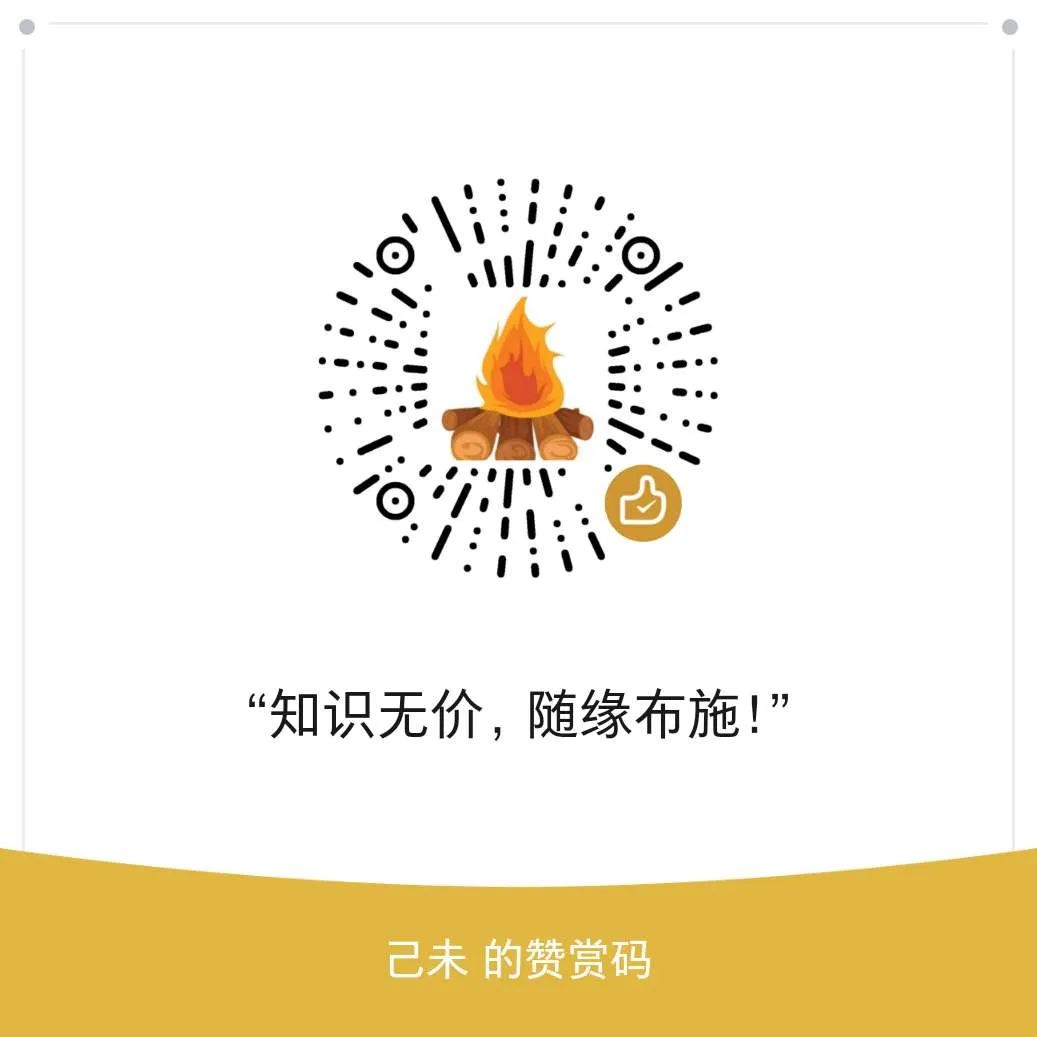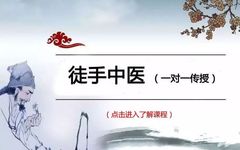



1. Content of Meridians
Meridians closely connect the internal organs and various tissues on the body surface, forming an organic whole that plays a role in the circulation of qi (气) and blood, nourishing the entire body, and maintaining the balance and coordination of bodily functions. The main content is divided into twelve primary meridians and eight extraordinary meridians. (See Table 1)
2. Physiological and Pathological Reflections of Meridians
Physiologically, meridians are responsible for the circulation of qi and blood, linking the upper and lower parts of the body. Therefore, pathologically, meridians mainly manifest as abnormalities in the functions of qi and blood circulation and connection. Since meridians are associated with internal organs and external branches, when the body is affected by external pathogenic factors or other reasons leading to qi and blood imbalance, the meridians and their associated organs will inevitably undergo corresponding pathological changes.
1. Twelve Primary Meridians: They are the main pathways for the circulation of qi and blood in the body, directly related to the internal organs. There is also a relationship of exterior and interior between the meridians of the organs and the meridians of the bowels. From the lung meridian to the liver meridian, they circulate continuously, nourishing the entire body. The order of qi and blood flow is as follows:
Lung Meridian (Fei Jing) —> Large Intestine Meridian (Da Chang Jing) —> Stomach Meridian (Wei Jing) —> Spleen Meridian (Pi Jing) —> Heart Meridian (Xin Jing) —> Small Intestine Meridian (Xiao Chang Jing) —> Bladder Meridian (Pang Guang Jing) —> Kidney Meridian (Shen Jing) —> Pericardium Meridian (Xin Bao Jing) —> San Jiao Meridian (San Jiao Jing) —> Gallbladder Meridian (Dan Jing) —> Liver Meridian (Gan Jing) (See Table 2)
2. Eight Extraordinary Meridians: These are special pathways that regulate qi and blood, which do not have direct connections with the five internal organs and six bowels, nor do they have exterior and interior relationships. However, they can supplement the deficiencies of the twelve primary meridians in various functions, especially the four meridians: Du (督), Ren (任), Chong (冲), and Dai (带) are particularly important. The Du Meridian intersects with the meridians of the bowels among the twelve primary meridians, serving as the governor of all the organ meridians; the Ren Meridian intersects with the organ meridians, serving the function of connecting all organ meridians; the Chong Meridian has the function of regulating the twelve primary meridians, while the Yin Qiao Meridian (阴跷脉) and Yang Qiao Meridian (阳跷脉) connect the meridians.
The maintenance of normal physiological functions in the body relies on the connections of the meridians; when the body is disturbed by internal and external pathogenic factors, the meridians also serve as pathways for disease transmission, and the changes in diseases are reflected in various symptoms. Clinically, one can analyze symptoms to discern the depth of the disease affecting the organs and meridians.
(Table 2) Locations of the Twelve Meridians and Associated Symptoms
|
Meridian Name |
Location |
Associated Symptoms |
|
Lung Meridian |
Upper lateral chest —> Lateral side of upper limb —> Thumb |
Cough, wheezing, chest fullness, pain in the middle of the chest, pain in the shoulder and inner side of the arm, etc. |
|
Large Intestine Meridian |
Index finger —> Anterior lateral side of upper limb —> Next to the nose |
Dry mouth, toothache, nasal congestion, runny nose, nosebleed, neck swelling, sore throat, shoulder and nose pain, etc. |
|
Stomach Meridian |
Below the eyes —> Face —> Second lateral line of chest and abdomen —> Anterior lateral side of lower limb —> Second toe |
Nosebleed, facial asymmetry, lip sores, swelling of the throat, abdominal distension, intestinal sounds, high fever, mania, knee pain, etc. |
|
Spleen Meridian |
Inner side of the big toe —> Inner side of lower limb —> Third lateral line of chest and abdomen |
Vomiting, abdominal distension, heaviness in the body, warmth, diarrhea, jaundice, swelling and coldness in the inner thigh, etc. |
|
Heart Meridian |
Underarm, inner side of upper limb —> Inner side of little finger |
Thirst, dry throat, heart pain, pain in the inner side of the upper arm, etc. |
|
Small Intestine Meridian |
Inner side of little finger —> Outer side of upper limb —> Shoulder blade —> In front of the ear |
Deafness, cheek swelling, sore throat, pain from shoulder to outer side of forearm, etc. |
|
Bladder Meridian |
Inner canthus —> Top of the head —> First and second lateral lines of the back —> Posterior lateral side of lower limb —> Little toe |
Epilepsy, tearing, pain at the back of the head, eye pain, difficulty moving the waist, hip, knee, ankle, and little toe joints, etc. |
|
Kidney Meridian |
Foot sole —> Inner side of lower limb —> First lateral line of abdomen and chest |
Dark complexion, dizziness, dry tongue, swollen and painful throat, coughing up blood, pain in the inner edge of the spine and abdomen, heat in the sole of the foot, etc. |
|
Pericardium Meridian |
Beside the breast —> Middle inner side of upper limb —> Middle finger |
Heart pain, irritability, burning sensation in the palm, elbow and arm stiffness, restlessness, facial redness, excessive laughter, etc. |
|
San Jiao Meridian |
Ring finger —> Middle outer side of upper limb —> Behind the ear |
Deafness, tinnitus, facial swelling, pain at the outer canthus of the eye, etc. |
|
Gallbladder Meridian |
Outer canthus —> Temporal region —> Lateral side of the ribs and waist —> Outer side of lower limb —> Ring toe |
Temporal pain, pain at the outer canthus, swelling and pain in the chest and ribs, pain in the outer side of the thigh, knee, and ankle joints, etc. |
|
Liver Meridian |
Back of the big toe —> Inner side of lower limb —> Lateral side of the ribs |
Low back pain, pain in the reproductive organs, pain in the lateral ribs, dryness in the throat, hernia, etc. |
External pathogenic factors invade the body, affecting the skin, hair, and muscles, and then transmit through the meridians to the internal organs; the pathological changes in the internal organs are often reflected in the limbs through the meridians. Therefore, meridians have a close relationship with the pathological changes in the body.
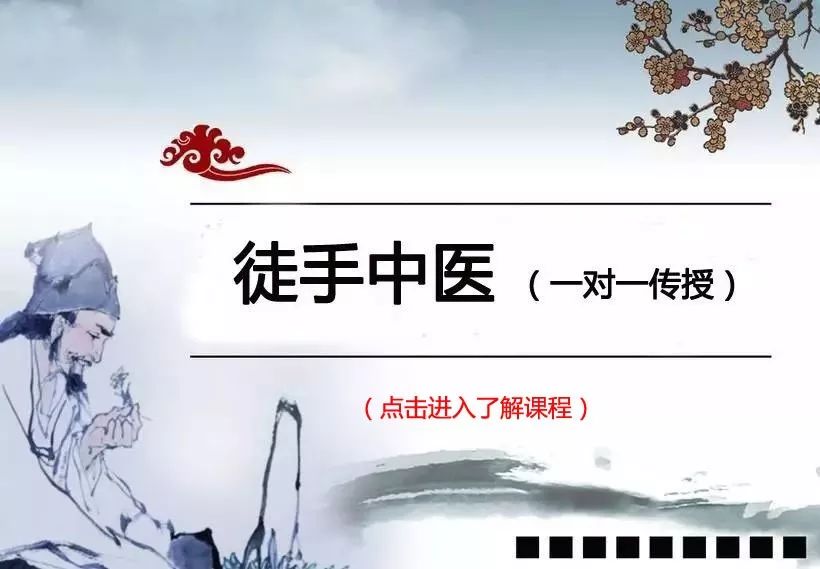
Since each meridian has its specific pathway and connection with the internal organs, the symptoms associated with the organs and meridians also follow certain patterns. Generally, one can identify which meridian is affected based on the different characteristics of the pathological changes. For example, stomach diseases often present with upper abdominal pain and sour vomiting, which may show tenderness at the Wei Shu (胃俞) point beside the twelfth thoracic vertebra or the Pi Shu (脾俞) point beside the eleventh thoracic vertebra; jaundice-type infectious hepatitis often shows tenderness at the Gan Shu (肝俞) points beside the ninth and tenth thoracic vertebrae. Lung pathologies such as cough and hemoptysis can also show sensitive areas at the Fei Shu (肺俞) points beside the third thoracic vertebra. Additionally, certain organ diseases can reflect tenderness along the pathway of their meridians. For instance, appendicitis with right lower abdominal pain may show significant tenderness above the Ju Xu (巨虚) point of the large intestine meridian.
Meridians are commonly used in treatments such as herbal medicine and acupuncture. For example, the categorization of the properties of herbs and the selection of acupuncture points based on meridians are all established on the basis of meridian theory.
In summary, the theory of meridians is significant in physiology, pathology, diagnosis, and treatment. It runs through the entire process of syndrome differentiation and treatment principles, working in conjunction with the internal organs, becoming a central link in the foundational theories of various disciplines.
Overview of the Meridian System (Enhanced Version)
The overview of the meridian system in the human body is as follows:
1. The most important aspect of the meridian system is the twelve primary meridians, also known as the twelve regular meridians. These twelve regular meridians: First, they circulate on the body surface; Second, they connect the internal organs; Third, they are directly interconnected with each other; Fourth, they are also interconnected through collateral channels.
2. The twelve meridians include three yin meridians of the hands, three yang meridians of the hands, three yin meridians of the feet, and three yang meridians of the feet. Each meridian passes through the hands or feet and also circulates to the internal organs and certain parts of the body.
3. The names of the twelve meridians and their pathways in the hands and feet can be represented in the following table.
|
Inner Side of Limbs |
Outer Side of Limbs |
||
|
Anterior Line of Arms |
Hand Taiyin Lung Meridian (脏) |
(Exterior-Interior Relationship) |
Hand Yangming Large Intestine Meridian (腑) |
|
Middle Line of Arms |
Hand Jueyin Pericardium Meridian (脏) |
(Exterior-Interior Relationship) |
Hand Shaoyang San Jiao Meridian (腑) |
|
Posterior Line of Arms |
Hand Shaoyin Heart Meridian (脏) |
(Exterior-Interior Relationship) |
Hand Taiyang Small Intestine Meridian (腑) |
|
Anterior Line of Legs |
Foot Taiyin Spleen Meridian (脏) |
(Exterior-Interior Relationship) |
Foot Yangming Stomach Meridian (腑) |
|
Middle Line of Legs |
Foot Jueyin Liver Meridian (脏) |
(Exterior-Interior Relationship) |
Foot Shaoyang Gallbladder Meridian (腑) |
|
Posterior Line of Legs |
Foot Shaoyin Kidney Meridian (脏) |
(Exterior-Interior Relationship) |
Foot Taiyang Bladder Meridian (腑) |
4. From the above table, we can see:
First, the corresponding meridians on the inner and outer sides of the limbs are exterior and interior to each other, such as the Hand Taiyang Lung Meridian and Hand Yangming Large Intestine Meridian; Second, the corresponding meridians on the inner and outer sides of the limbs belong to the exterior and interior organs, such as the lung and large intestine being exterior and interior to each other. Third, the outer side of the limbs is yang, and the inner side is yin; the outer side is the bowel, and the inner side is the organ.
5. It can be proven that the relationship between the twelve meridians and the twelve organs is real and not fictitious. Therefore, since the relationship between each meridian and its corresponding organ is real, the correspondence of these meridians in the inner and outer limbs, as well as yin and yang, in a certain sense explains or names the yin and yang correspondence of the organs.
6. The twelve meridians have a continuous flow that connects them.
Starting from the Hand Taiyin Lung Meridian, it begins at the middle jiao, flows through the inner side of the forearm, and connects with the Hand Yangming Large Intestine Meridian at the fingertips; the Hand Yangming Large Intestine Meridian flows up the outer side of the arm and connects with the Foot Yangming Stomach Meridian at the head; the Foot Yangming Stomach Meridian flows from the head down the outer side of the leg and connects with the Foot Taiyin Spleen Meridian at the foot; the Foot Taiyin Spleen Meridian flows up the inner side of the thigh and connects with the Hand Shaoyin Heart Meridian at the chest; the Hand Shaoyin Heart Meridian then flows from the body to the inner side of the forearm, connecting with the Hand Taiyang Small Intestine Meridian at the hand; the Hand Taiyang Small Intestine Meridian flows up the outer side of the arm and connects with the Foot Taiyang Bladder Meridian at the head; the Foot Taiyang Bladder Meridian flows down the outer side of the leg to the foot, connecting with the Foot Shaoyin Kidney Meridian; the Foot Shaoyin Kidney Meridian flows up the inner side of the leg and connects with the Hand Jueyin Pericardium Meridian at the chest; the Hand Jueyin Pericardium Meridian flows from the underarm along the inner side of the arm to the hand, connecting with the Hand Shaoyang San Jiao Meridian at the hand. The Hand Shaoyang San Jiao Meridian flows down the outer side of the arm, down to the outer side of the leg, and connects with the Foot Jueyin Liver Meridian. The Foot Jueyin Liver Meridian flows up the inner side of the leg and connects again with the Hand Taiyin Lung Meridian at the heart, chest, and lung. Thus, the twelve meridians flow continuously.
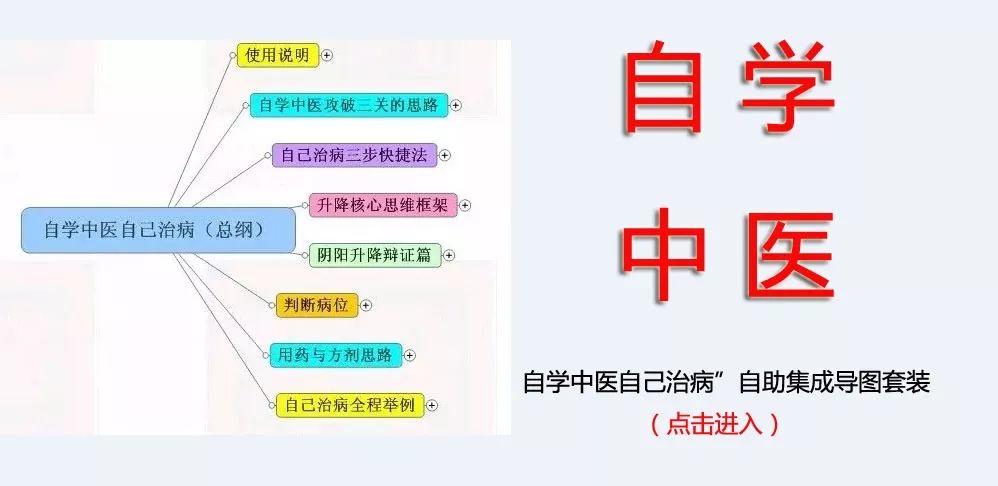
7. In summary, the three yin meridians of the hands flow from the chest through the inner side of the forearm to the hand, then connect to the three yang meridians of the hands. The three yang meridians of the hands flow down the outer side of the arm and finally reach the head, connecting to the three yang meridians of the feet. The three yang meridians of the feet flow from the head to the body and finally along the outer side of the thigh to the foot, connecting to the three yin meridians of the feet. The three yin meridians of the feet flow from the foot up the inner side of the leg, connecting with the three yin meridians of the hands at the body cavity.
8. Yin meridians belong to the organ system, while yang meridians belong to the bowel system.
9. The corresponding yin and yang meridians not only have direct connections at their endpoints but also have collateral channels that provide richer connections and communication between them.
10. The twelve meridians are not merely single lines; they also have various branches that connect to related parts of the body.
11. The twelve meridians, as their names clearly indicate, belong to specific organs, such as the Hand Taiyin Lung Meridian belonging to the lung and connecting to the large intestine, while the Hand Yangming Large Intestine Meridian belongs to the large intestine and connects to the lung. Moreover, the twelve meridians also have branches that connect to other organs. For example, the Kidney Meridian has branches that connect to the liver, heart, and lung.
Therefore, when we consider the relationship between a specific meridian and an organ, there are three layers of meaning:
First, it clearly identifies the organ to which the meridian belongs, such as the Hand Taiyang Lung Meridian belonging to the lung and connecting to the large intestine.
Second, it considers the organs associated with the meridians that are connected at both ends. For instance, the Spleen Meridian belongs to the spleen and connects to the stomach, and since the Spleen Meridian is also connected to the Heart Meridian, it also relates to the heart.
Third, it includes the branches beyond this. For example, the Kidney Meridian, besides belonging to the kidney and connecting to the bladder, also connects to the liver, heart, and lung.
12. In addition to these twelve meridians, there are also eight extraordinary meridians, which include the Ren Meridian (任脉), Du Meridian (督脉), Dai Meridian (带脉), Chong Meridian (冲脉), Yin Qiao (阴跷), Yang Qiao (阳跷), Yin Wei (阴维), and Yang Wei (阳维).
These eight extraordinary meridians do not belong to the organs and follow unique pathways. Their primary function is to serve as reservoirs for blood for the twelve meridians. The twelve meridians are like rivers, while the eight extraordinary meridians are like large lakes connected to these rivers. When the qi and blood in the twelve meridians are abundant, they flow into the eight extraordinary meridians; when the qi and blood in the twelve meridians are insufficient, the qi and blood from the eight extraordinary meridians flow back into the twelve meridians.
Their second function is that each of the eight extraordinary meridians has its own pathway and network of body parts, and they also have the function of transporting qi and blood, nourishing and protecting the organs, skin, and interstitial tissues.
13. Among the eight extraordinary meridians, the Ren Meridian and Du Meridian are the most significant.
The Ren Meridian governs the six yin meridians of the twelve meridians and is referred to as the sea of yin. The Du Meridian governs the six yang meridians of the twelve meridians and is referred to as the head of yang. Therefore, in the context of the meridian system in the Huangdi Neijing (《黄帝内经》), the Ren Meridian and Du Meridian are often collectively referred to as the fourteen meridians along with the twelve meridians.
14. Each of these fourteen meridians has collateral channels connected to them.
Collateral channels are branches of the meridians, serving as their tributaries. Collateral channels can be classified into large, medium, and small, with the largest being called the Bie Luo (别络), and each of the fourteen meridians has one Bie Luo. Additionally, there is a unique large collateral of the spleen, totaling fifteen Bie Luo.
15. The superficial collaterals are the branch systems of the meridians that circulate in the anterior surface of the body.
16. The Sun Mai (孙脉) are the smallest and most finely distributed components of the meridian system within the body.
17. The twelve skin areas. The twelve meridians will distribute their activities across the surface of the body through their collateral systems, spreading the qi of the meridians to the skin surface. The skin areas associated with the twelve meridians are also classified according to the twelve meridians, which we refer to as the twelve skin areas.
18. Acupoints are those points on the meridians that have special significance. They can also be referred to as well points, where qi and blood flow, serving as points of communication between the qi and blood of the meridians and the external environment, and also serve as adjustment points for the flow of the meridians.
According to the Huangdi Neijing, there are 365 acupoints, corresponding to the 365 days of the year. Later, this number was increased, such as in the Jia Yi Jing (《甲乙经》) by Huangfu Mi during the Wei and Jin dynasties, which detailed a total of 649 acupoints.
Recommended Books for Purchase:
(Reprint Statement: This article is reproduced from the internet, and the copyright belongs to the original author. If there is any infringement, please contact us for deletion!)
Further Reading of Original Articles:
Very Important: The Pathogenesis, Syndrome Differentiation, and Treatment of XG Pneumonia! (Essential Reading)—> Click to Read
The Six Meridians and Six Major Disease Locations — The Three Yin Cold Evil Disease Locations! (Understanding the Last Article on Cold Damage)—> Click to Read
The Six Meridians and Six Major Disease Locations — The Shaoyang Meridian Disease Locations! (A Small Chaihu Decoction Dominates the World) —> Click to Read
The Six Meridians and Six Major Disease Locations — The Yangming Meridian Disease Locations! (Crucial for Treating Damp-Heat)—> Click to Read
The Six Meridians and Six Major Disease Locations — The Taiyang Meridian Disease Locations! (This Article Understands the Taiyang Meridian)—> Click to Read
The Six Meridians and Six Layers of Vital Energy Repair Power! (Complete Explanation of Self-Healing Energy) —> Click to Read
Comprehensive Explanation of Cervical Spondylosis! (Herbal Treatment + Secret External Treatment)—> Click to Read
Comprehensive Explanation of Toothache! (Cold Damage Thinking, Pathogenesis Differentiation, Herbal Medicine Symbolism)—> Click to ReadComprehensive Explanation of Insomnia! (Pathogenesis Differentiation + Core Ideas of Settling Yang)—> Click to ReadComprehensive Explanation of Fever! (Pathogenesis Differentiation of Cold Damage Thinking, Internal and External Treatment Methods) —> Click to Read
Comprehensive Explanation of Headache! (Learn the Essentials of Syndrome Differentiation) —> Click to Read
For more exclusive TCM secrets, scan the QR code below to follow our public account:
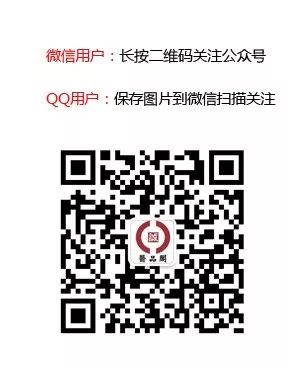
TCM Internal Treatment Course:
“Simplified Herbal Medicine Online Class” one-on-one, from syndrome differentiation to using herbal formulas! (Click to Enter)
TCM External Treatment Course:
“Hands-On TCM” can treat diseases without any foundation! (One-on-one teaching) (Click to Enter)
TCM Learning Mind Map Series:
“Embedding Six Meridians Differentiation” —- Embedding Six Meridians Differentiation into Your Brain” electronic mind map (Click to Enter)
Self-learning TCM to Treat Yourself” self-help integrated mind map set (Click to Enter)
Yin-Yang Unified Treatment Method (Returning Complex TCM to the Unified Path) (Click to Enter)
Comprehensive Diagram of Circular Movement Differentiation (Up and Down, Microcosmic Yin-Yang Ascending and Descending, Organ Positioning) Mind Map Version (Click to Enter)
If this article has helped you
Please scan to reward, as you wish

